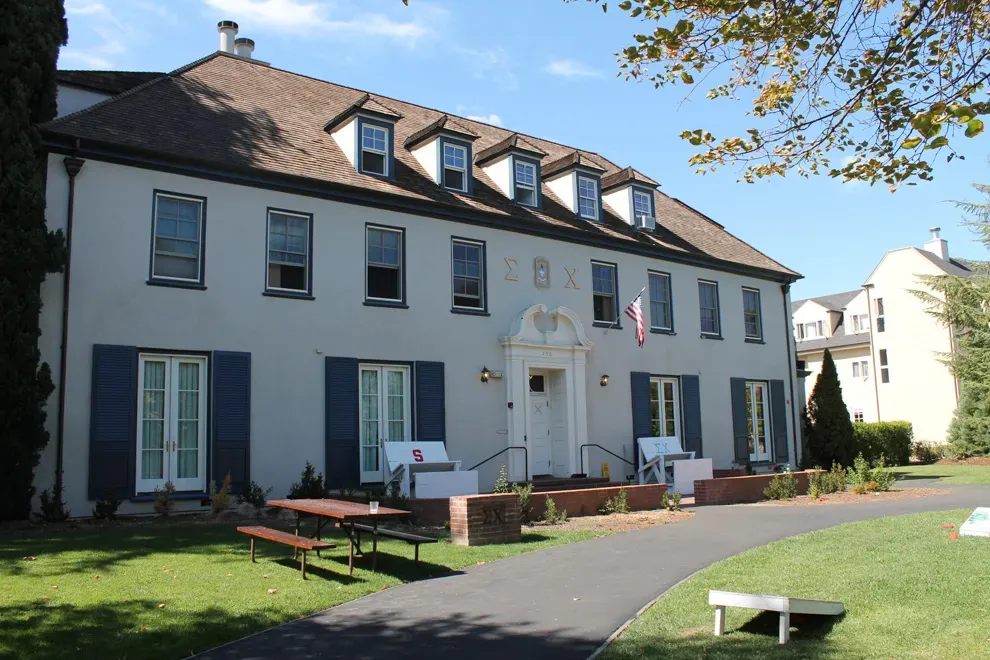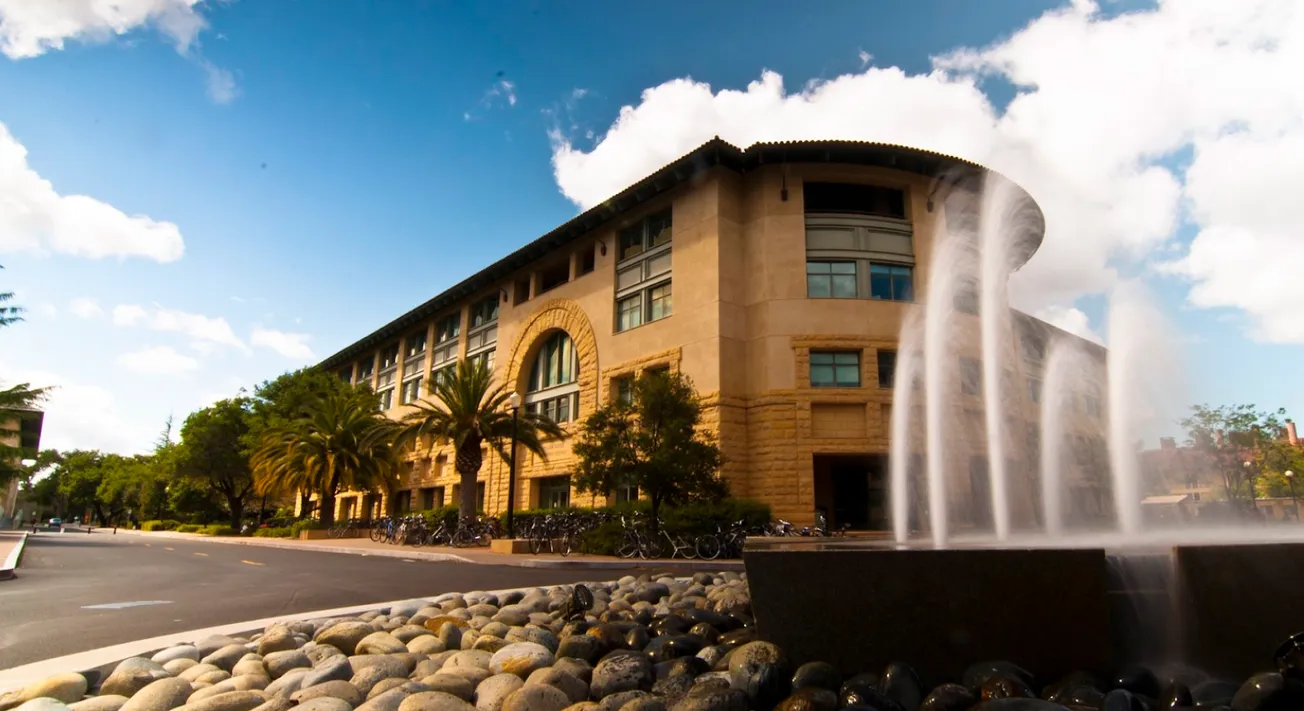Table of Contents
Two years ago, Stanford University’s prior administration terminated the lease of 550 Lausen by the Alpha Omega House Corporation (AOHC), an entity formed by alumni of the Sigma Chi fraternity. Now, the group is suing the University’s trustees for damages projected to exceed fifty million dollars. In a press release provided to The Review by AOHC, the corporation alleges that the Stanford University Board of Trustees violated the university’s Founding Grant and Amendments in its non-renewal of the lease.
AOHC’s lawsuit, which claims to be the first in 122 years claiming a breach of the University’s Founding Documents, alleges that Trustees violated an 1897 amendment by Jane Stanford, which directed the university to continue its practice of leasing lots to faculty members and student associations. To that effect, the university began its lease of a lot to AOHC in 1937, after which the Sigma Chi house (now 550 Lausen) was constructed, providing residences for roughly 43 students.
According to the terms of the lease, Stanford declared its intention to allow for it to be renewed indefinitely, as long as the AOHC remained active on campus. Adjusted for inflation, AOHC estimates that it invested over 45 million dollars into the construction, maintenance, and lease costs associated with the house. Despite this, the university not only refused to renew its lease but also declined to give any assistance to find another property for AOHC, directly violating its promise to “utilize best efforts” to provide Sigma Chi an alternative house.
AOHC now alleges that, by ending its lease to the last remaining private residence housing a student organization, the university is diverging from directives of the Trust without the approval of the Santa Clara Superior Court, creating a breach of contract. After estimating costs of acquiring land, construction, as well as professional fees and prejudgment interest, AOHC claims that damages will total roughly fifty million dollars.
While the scale of this lawsuit is unprecedented, Stanford’s conduct remains characteristic of its “War on Social Life” waged in the early 2020s. Other fraternities, such as SAE and TDX, were also disbanded and evicted from their properties, and numerous row houses were stripped of their autonomy and traditions, supplanted with sanitized, numbered residences.
Former University Provost Persis Drell stated that “equity” (since no other organization had a lease for a student residence) and a need for a modern university to control the assets on its lands were among the principal considerations for the cancellation of the lease.
Bob Ottilie, an attorney representing AOHC, sought to engage and work with university administrators, but has stated that they consistently refused to negotiate with members of the AOHC in good faith. He says that they intended to wrest control of the house from AOHC as part of a decade-long process, and never had intentions to constructively engage.
The university’s nebulous reasoning for cancelling its lease and its alleged lack of good faith further indict its safetyist approach to student life. The university has historically strangled social life in an effort to avoid liability and exert more control over campus, imposing top-down measures such as the “neighborhood system” to replace organic communities.
While Stanford’s “War on Social Life” may have waned over the past two years, the university ought to remedy the confiscation of Sigma Chi’s house. With a new president, provost, and vice-provost, hopefully the fresh administration will properly review the claims made by AOHC and reverse the wrong done by Stanford’s bureaucratic apparatus.





